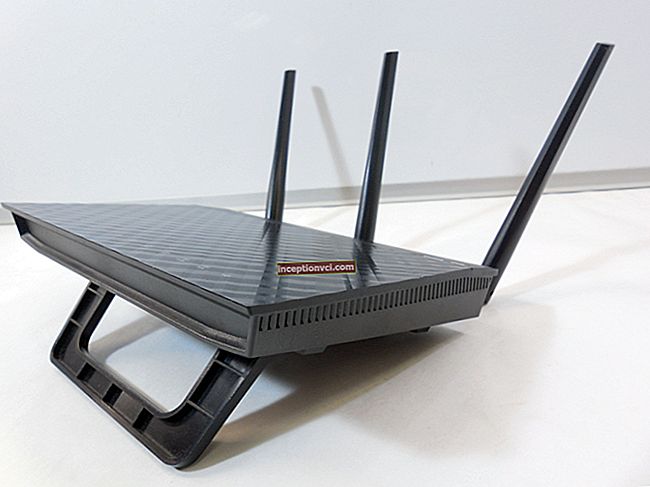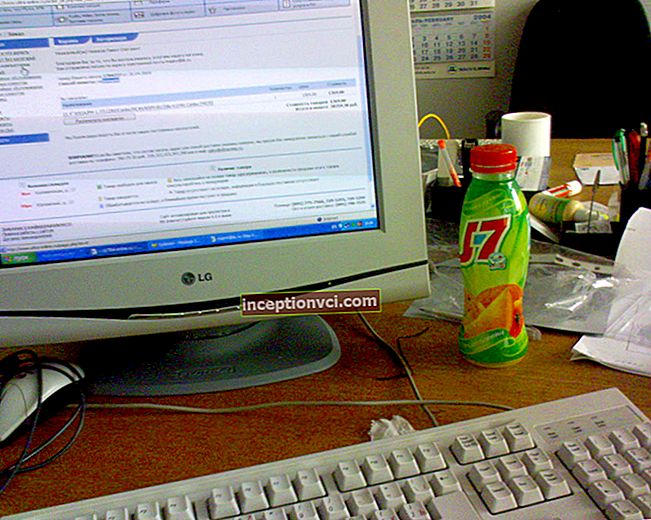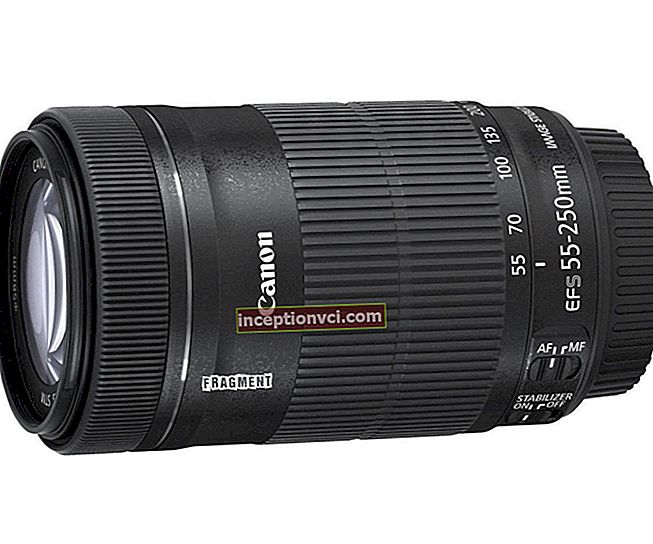Stainless steel Is an alloy that is half iron combined with 10.5% or more chromium. Due to its high reflectivity, this metal has a beautiful luster. If we talk about the very name of this material - "stainless", then we can say that it was chosen not quite correctly, it would be more correct to say the alloy is resistant to rust.
Stainless steel, nowadays, has become popular among kitchen utensils. This is all due to the fact that it has a lot of advantages, among other materials that are used to make dishes. Firstly, the "stainless steel" has a hygienic surface, without any pores or cracks where bacteria could hide, and also because of this property it is very easy to care for such products, since any contamination can be removed even without great effort.
In addition to the fact that dishes made of this steel do not rust, they practically do not wear out. Just to make her look beautiful, she needs special care. Also, it is important that when using pots made of this alloy, even during heat treatment, the taste and color of the products remains the same, since the material does not enter into any chemical reactions with acids that are food components.

Krauff 26-189-009
If used correctly and carefully, stainless steel cookware can last for at least 100 years. And if, nevertheless, you decide to throw it away, then we can reassure you that you will not bring harm to the environment, since it will go for secondary processing.
Probably everyone is wondering where stainless steel has its supernatural properties.
Iron is the main element of "stainless steel", and even children know that it is extracted from iron ore, which corrodes in its pure form. (rust). That is why an alloy was developed to which chromium was added. The latter prevents corrosion of iron, as the chemical reaction of the metal with oxygen is slowed down, which leads to the formation of rust. After oxidation of chromium, a transparent and solid layer of chromium oxide is formed.
But so that stainless steel does not lose its properties, it is impossible to allow bulk substances and various kinds of liquids to be stored for a long time in dishes made of this alloy, since they do not allow oxygen to chromium, which in turn will lead to corrosion. The use of chlorine-based bleaches has the same effect.
The greater the amount of chromium in the alloy, the greater the corrosion resistance. And the addition of molybdenum and nickel makes the steel more resistant to rust. Vanadium, titanium, copper and non-metals can also be used to improve the quality of steel.
High carbon "stainless steel" must contain a minimum of 0.3% carbon. The more carbon there is in steel, the stronger it is. The carbon in the alloy makes it easier to sharpen the blades and retains their sharpness for a long time.
People who are trying to lead a healthy lifestyle can safely use stainless steel cookware for cooking. The elements of this alloy, although they can affect the human body, are very small.
Chromium is sometimes even useful for humans in very small quantities, but even if you eat four meals a day, which were cooked in steel dishes, this will not lead to exceeding the daily allowable dose of chromium.
Nickel is known to be toxic in large quantities, but small amounts of this metal get into food from stainless dishes. Still, people who suffer from nickel allergies should avoid using stainless steel cookware.
Tips for using stainless steel cookware:
- - To prevent overheating of stainless steel cookware, its bottom must be made of heat dissipating material, in particular copper or aluminum. Since these metals have excellent thermal conductivity, this allows you to cook on low heat and without frequent stirring.
- - Do not store food or liquids in containers made of this alloy.
- - Abrasive detergents can damage the smoothness of stainless steel dishes, so try not to use them.
- - If you cannot remove the lid from the cooled pan, preheat it and carefully unscrew the lid.
- - Never leave empty dishes on fire. If it does, let it cool down on its own.
Tips for the care of stainless steel cookware:
- - If there are manufacturer's or seller's stickers on the dishes, moisten them with warm water to remove them and peel them off with any suitable plastic object. And the glue can be wiped off with an alcohol-based solvent or citrus juice.
- - Before using for the first time, be sure to wash the dishes with warm water and soap and dry them thoroughly. It is also not recommended to use dishwashers for cleaning stainless steel dishes.
- - The white sediment that forms from the use of hard water can be easily removed by boiling water with a little vinegar in a saucepan. And in order to prevent the appearance of scale, salt should be added to food only after the water has boiled in a saucepan.
- - To remove traces of burnt food, fill the pan with hot soapy water and boil for 5-10 minutes, after which the contamination is removed with a regular sponge.
- - If the instructions that come with the stainless steel dishes indicate that they can be washed in the dishwasher, then it is best to use the pre-soak mode.
- - Be sure to remove any traces of escaped milk from the surface of the pan before using it again.
- - If even the smallest scratches appear on the surface of the dishes, it is best to purchase a softer detergent. And in no case should you use products that include chlorine and ammonia.
- - Wash stainless steel knives immediately after each use and do not allow food residues to dry on the blade. You need to wipe the knife, starting with the handle.

Helfer 29-44-147
Stainless steel is classified into several subtypes.
Austenitic steel - an alloy of iron, chromium (16-26%) and nickel with a small part of carbon. This alloy is hardened alternately at high and low temperatures. It has no magnetic properties. The most commonly used alloy # 304 or 18/8, which contains 18% chromium and 8% nickel.
Martensitic steel - an alloy that contains iron and a part of chromium from 10.5% to 17% and a small amount of carbon. The special hardness of such an alloy is achieved by rapid cooling in oil or water. Also, this alloy can be characterized by brittleness and difficulty in processing. This steel is magnetic and is mainly used for the manufacture of knives. Alloy # 420 is a typical example of such a steel.
Ferritic steel - it is an alloy of chromium and iron, in particular, chromium from 17 to 27%, and a very low carbon content. This alloy is also characterized by magnetism. Alloy # 430 is a standard example of a ferritic steel.
Knives are most commonly made from austenitic and ferritic steels, but other kitchen utensils are also made. Stainless steel - durable, easy to clean, high temperature resistant.

Krauff 26-189-005
If you want to save money when choosing stainless steel cookware, you can sacrifice the quality of the bakeware, but do not skimp on pots or pans. It is best to choose cookware with a bottom made of some other metal that has a higher thermal conductivity than stainless steel and will prevent the bottom from overheating. Usually copper and aluminum are used for this.









